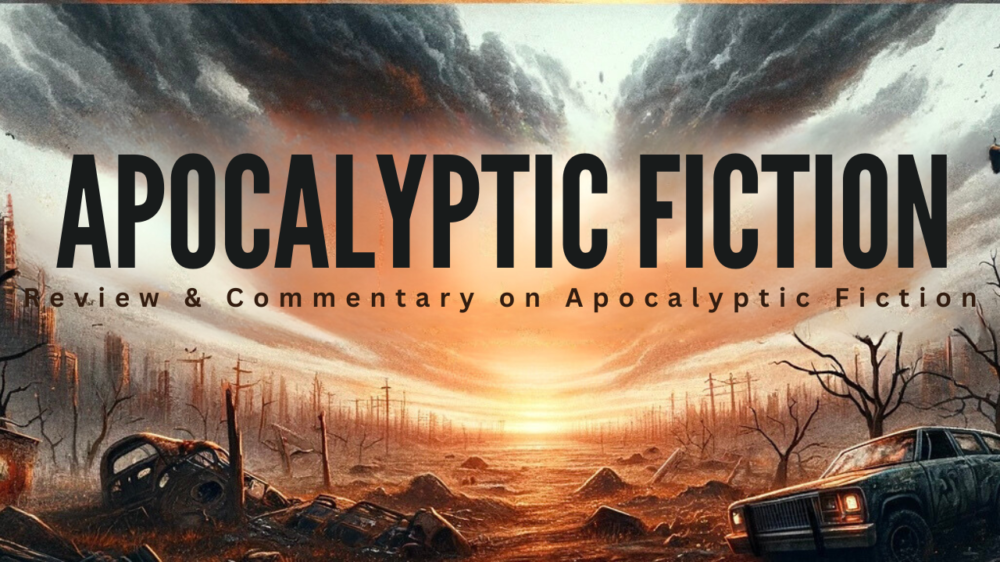Station Eleven, a novel by Emily St. John Mandel, stands as a poignant and beautifully crafted work of apocalyptic fiction. The book weaves a compelling narrative that transcends the typical boundaries of the genre, offering a thoughtful exploration of humanity, art, and survival.
Narrative and Style
At the heart of Station Eleven is a narrative that stretches across time, characters, and geographies. Mandel elegantly shifts between the pre-apocalyptic and post-apocalyptic worlds, with the collapse catalyzed by the Georgian Flu, a deadly pandemic. The book is not merely about the fall of civilization but is an ode to the world that was lost.
The narrative centers around a troupe of actors and musicians, known as the Traveling Symphony, who journey through the remnants of North America. Their motto, “Survival is insufficient,” borrowed from Star Trek: Voyager, encapsulates the book’s essence – that survival in a post-apocalyptic world demands more than just the preservation of life; it necessitates the preservation of that which makes life worth living.
Characters in Station Eleven are intricately drawn, each carrying their own stories, losses, and hopes. The central character, Kirsten Raymonde, a child actress turned Traveling Symphony performer, serves as a thread connecting various narrative elements. Her memories of performing in a production of King Lear just before the pandemic, and her interactions with the enigmatic Arthur Leander, a famous actor, set the stage for a complex web of relationships that span decades.
Themes and Symbolism
Mandel’s narrative is rich with themes and symbolism. One of the most striking is the exploration of art and culture as humanity’s enduring legacy. In a world stripped of modern comforts, the Traveling Symphony’s performances become a beacon of hope, a reminder of the beauty and resilience of the human spirit.
Another significant theme is the interconnectedness of people and events. Mandel masterfully illustrates how the lives of her characters intertwine, both before and after the collapse, suggesting a deep, almost mystical network of human connection.
The novel also delves into the nature of memory and nostalgia. Characters grapple with their recollections of the past – a world of electric lights and airplanes – and the pain of knowing it can never be reclaimed. This nostalgia is not just for individual loss but for the loss of a way of life.
Originality: 4.5/5
Station Eleven stands out for its unique approach to apocalyptic fiction. Mandel eschews the typical focus on survivalism and dystopia, instead choosing to illuminate the enduring nature of art and human connection. The novel’s structure, jumping between characters and timelines, is executed with skill, making the story both fresh and intriguing.
Thoughtfulness: 5/5
The depth of writing and the themes explored in Station Eleven are exceptional. Mandel’s prose is both elegant and haunting, filled with reflections on the human condition. The novel encourages readers to ponder not just the fragility of civilization, but also the enduring qualities that define humanity.
Entertainment: 4.5/5
While the pace of Station Eleven is more reflective than action-driven, it remains an utterly engaging read. The characters are compelling, the narrative is rich with detail and emotion, and the world-building is immersive. Readers will find themselves lost in Mandel’s post-apocalyptic vision, captivated by the intertwining stories and the lyrical quality of her writing.
Overall Rating: 4.67/5
In conclusion, Station Eleven is a masterful work of literature that transcends the boundaries of its genre. It’s a novel not just about the end of the world, but about the things that survive: art, memory, and human connection. Emily St. John Mandel has crafted a story that is at once a lament for a lost world and a testament to the resilience of the human spirit.

